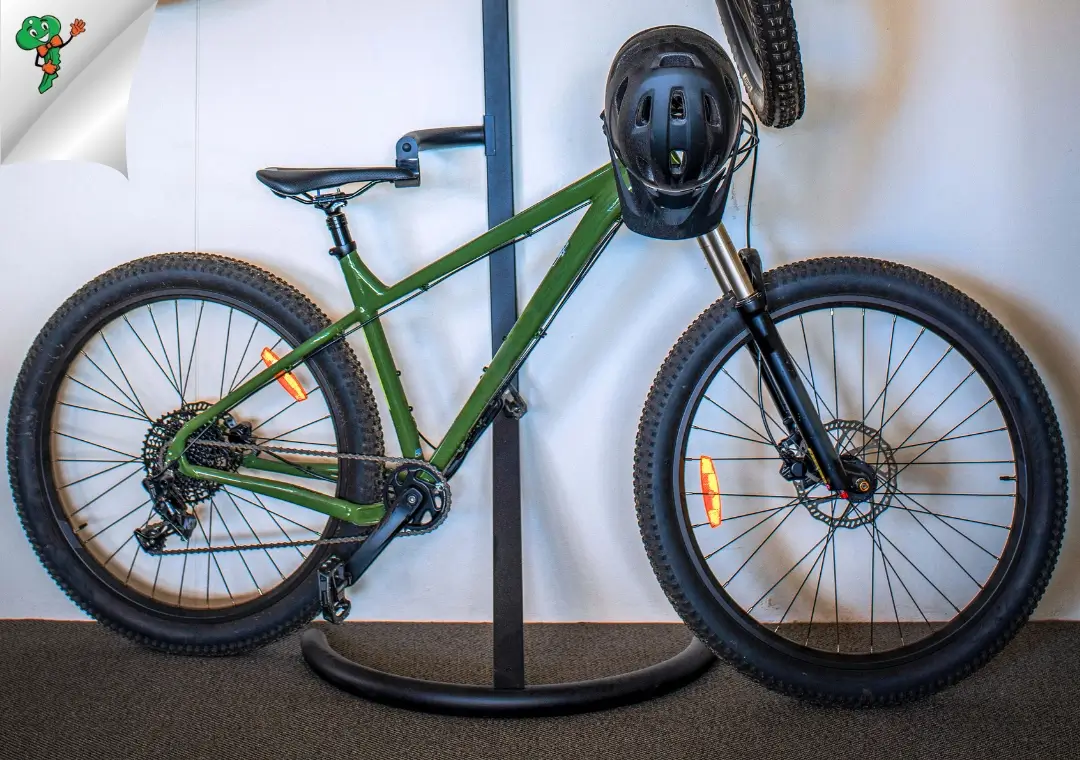Storing Outdoor Gear: From Bike Storage to Kayak Storage
—
August 7th, 2024

The thrill of the outdoors doesn't end when you pack up your gear; how you store your bikes, kayaks, and camping equipment can significantly impact their lifespan and performance. Storing outdoor gear improperly can lead to unnecessary wear, damage, and even loss. In this guide, we'll walk through the best practices for storing your outdoor and sports equipment to ensure they're ready and in top condition for your next adventure.
General Storage Tips for All Gear
Before diving into specifics, there are a few general principles every outdoor enthusiast should follow:
- Clean Before Storing: Always clean your equipment to remove dirt, mud, saltwater, and other residues. This prevents material degradation and keeps gear ready for use.
- Disassemble if Possible: Break down items to their smallest form to save space and reduce the strain on any single component.
- Proper Covering: Use breathable covers or storage bags to shield your gear from dust and pests without trapping moisture, which can lead to mold and rust.
Specific Tips for Different Types of Gear
Each type of gear benefits from specialized storage techniques:
- Bikes:
- Vertical Hanging: Save floor space and protect your bike’s shape by hanging it vertically on a bike rack.
- Lubrication: Apply lubricant to chains and moving parts to prevent rust during storage.
- Kayaks and Canoes:
- Use of Racks: Store these items on dedicated racks that support the length and weight evenly to prevent warping or hull damage.
- UV Protection: Cover kayaks and canoes to protect them from UV light, which can degrade the material over time.
- Camping Equipment:
- Tent Care: Store tents completely dry and loosely folded or rolled to avoid permanent creases and mildew.
- Sleeping Bag Storage: Hang sleeping bags or store them in large, breathable bags to maintain loft and insulation integrity.
- Fishing Gear:
- Horizontal Storage for Rods: Store fishing rods horizontally on a rack to prevent bending. Ensure reels are clean and lightly oiled.
- Tackle Care: Keep tackle boxes organized and slightly open to prevent moisture build-up and rust.
Choosing the Right Storage Unit
When selecting a storage unit for your outdoor gear, consider:
- Size: Ensure the unit is spacious enough to house all your gear without cramming. Proper spacing is crucial for maintaining item condition.
- Climate Control: Opt for climate-controlled units if storing temperature-sensitive gear. Consistent temperatures and low humidity levels protect against rust, mold, and material fatigue.
- Security: Choose a facility with robust security measures such as CCTV, gated access, and individual alarms to protect your valuable equipment.
Maintaining Your Gear in Storage
Regular maintenance checks are vital:
- Regular Checks: Visit your storage unit periodically to inspect and maintain equipment, especially if stored long-term.
- Accessible Layout: Organize your unit strategically, placing frequently used items like bikes and fishing gear near the entrance and seasonal items like skis in less accessible spots.
Proper storage extends the life of your outdoor gear, saving you money and hassle in the long run. By following these guidelines, you can ensure your equipment remains in peak condition, ready for whatever adventure comes next.
Need a secure place to store your outdoor gear?
Call or visit Lockaway Self Storage in Brooklyn, NY. Our variety of storage options and top-notch security features make us the perfect home for your sporting equipment. Contact us today to find out more about our services and how we can help keep your gear safe and ready for action!
Categories
